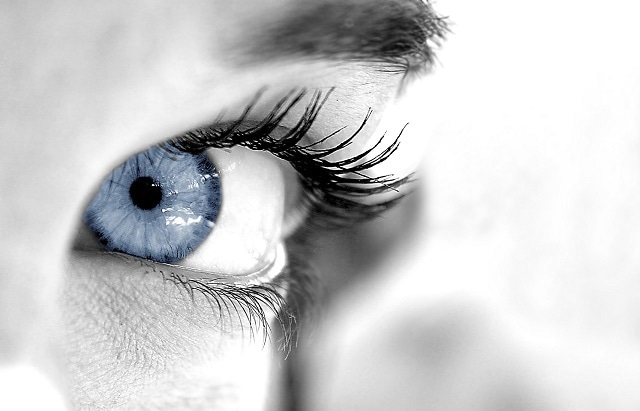About 1,000 years ago, a medieval Arab scholar by the name of Ibn al-Haytham managed to successfully change the prevailing perceptions of light and how the eye functions - hence revolutionizing the study of optics. His work helped change science around the world and is known today as the 'Book of Optics'.
Who was Ibn al-Haytham?
Al-Hassan Ibn al-Haytham, often referred to as Alhazen in many western circles, was a scholar who is famous for his studies on optics.
He was born around 965 in Basra and died around 1039 in Cairo. He is known for being the first person to test hypotheses through experiments that could be repeated, as much as two centuries before scholars in the west began to do so.
His scientific and mathematical reputation earned him the nickname 'Ptolemy the Second' and he often is regarded as the “father of modern optics”.

Image Credit: Thinkstock
What made the Book of Optics so significant?
The Book of Optics explored many concepts related to light and how the eye functions including how people are able to visually perceive their world.
During the time leading up to the completion of the book, there had been two major theories about how vision worked. The first theory was known as the emission theory and was championed by Euclid and Ptolemy.
According to this theory, the eyes themselves emitted certain forms of radiation. These rays would reach objects in the environment and allow the person to perceive objects in their environment.
The second theory was known as the intromission theory, which believed by Aristotle. This theory said that certain rays were transmitted from objects in the environment to the eyes, which allowed humans to see objects in their environment. It was in this intellectual atmosphere that the book was written.
The theories described in the Book of Optics
Ibn al-Haytham’s Vision Theory
According to the vision theory put forth by al-Haytham, objects omitted rays of light that proceeded from objects to the eyes. Objects are perceived as an infinite number of points that are emitting lights which can be perceived by the eye.
He pointed out that eyes can be damaged by looking at particular lights, such as looking directly into the sun or other strong lights. This seemed to discount the emission theories. This new theory of vision, which drew considerably from the intromission theories of Aristotle, was able to stand up to many experiments detailed by the researcher.
Anatomy of the Eye
Ibn al-Haytham also carefully diagramed and explored the anatomy of the eye. This included his presentation of his theory on refraction, which helped to explain why objects are seen clearly instead of appearing blurry. Today, researchers know that refraction is what causes light rays to bend when they hit the eye, which allows them to reach the retina in focus.
Lights and Colors

Image Credit: Thinkstock
Ibn al-Haytham also explored theories surrounding lights and colors. He believed that light came in two main forms, primary lights and secondary lights. Primary lights are stronger and more intense and come from objects that light themselves.
On the other hand, secondary lights are weaker and come from objects that only emit light from other self-luminous bodies. He also correctly theorized that light travels in a straight line and that no object, such as water, can transmit light completely or be entirely transparent, but some can be completely opaque.
Conclusion
The work of Ibn al-Haytham is responsible not only for developing innovative scientific methods, but also for great advancements in optics. Whether a person wears glasses or just enjoys studying science, they owe a considerable amount to this medieval scholar.
Sources and Further Reading
This article has been produced in association with the Pittcon Conference and Expo to celebrate the International Year of Light 2015.
For more information on how Pittcon are involved in IYL 2015, please visit www.pittcon.org